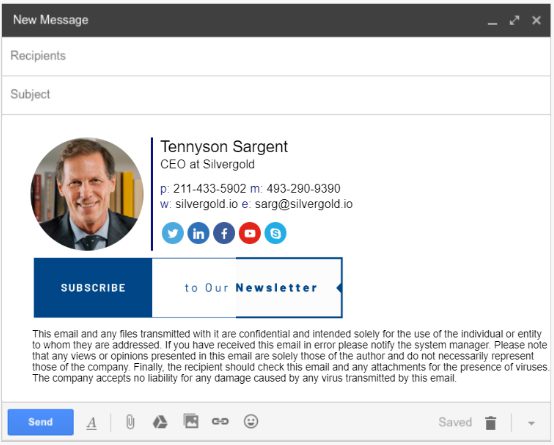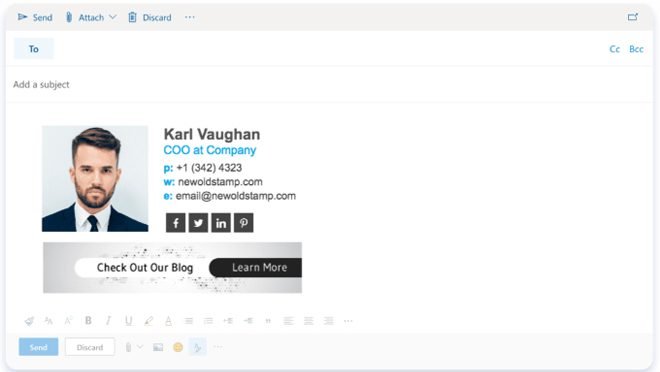By Abhishek Kumar.
What do you desire when you set up a website or blog? It would mostly be to sell a product or idea or provide solutions to the pain points of those you visit your site. The digital space has come up with numerous techniques and tools that can help you to attract the audience whose needs match your offerings. One of the most popular techniques that businesses operating online use is search engine optimization (SEO). There are various nuances to SEO and its power to attract traffic to your site, but the one will look at in this article is search intent.
What is search intent?
This is where the entire online transaction process begins. Search intent, also known as keyword intent, is the reason that drives a person to enter their need/query in search engines to know more. The need/query maybe for some information, or a desire to buy something. When you enter the query/search keyword in the search engine, it fetches a list of top-ranked site options for the seeker to cruise through. The intent initiates the search that eventually is present in the first few search engine results pages (SERP).
How does this work?
In order to increase the traffic on your site to drive your sales revenue, you must ensure that you are among the top search results. If you base your content or optimize your website with the search intent at the center, you may succeed in getting into the SERPs. Performing comprehensive research to find the pain points of your target audience that you can solve with your offerings is critical. Once you know what your target audience wants, you can arrive at numerous keywords that they can use to search for a solution. Optimizing your site with such keywords will help you be in the first few pages of the SERPs.
How to optimize your site with search intent in mind?
As optimizing your site based on search intent is a great place to start your SEO journey, it is helpful to follow the steps listed below
1) Find strong keywords which express search intent:
One of the best ways to do this is to check and record the top-ranking pages. Thereafter, see if you can strongly confirm the search intent for your niche. Once you have a list of these keywords, track their search history for a span of at least 3 to 6 months. There are tools you can find that can help you do the trend tracking. Tracking is critical in this process since Google ranking keeps changing as the search intent changes with time. If the ranking history has stabilized or is subject to very marginal changes, you can resolve that the search intent keywords are strong and usable.
What if the ranking history is subject to immense fluctuation? In that case, you are to deduce that Google results have still not zeroed-in on what your audience’s intent is. As the search intent is unclear, it would not be wise to base your SEO optimization on the underlying keywords.
Finding strong keywords that stem from your audience’s search intent will give you a shot at immense success during optimization.
2) Content streamlining for effective targeting:
There 4 aspects to content you need to look at and work on in SEO optimizing through search intent.
- Style: The ranking history and top-ranking pages are the reference point for you to help decide on a content style. If the top pages carry results that are predominantly in the form of videos, it is the right strategy for you to create and upload videos. If you find more static pictures, focus on uploads high-quality pictures to drive traffic. In other words, follow the trend to reach the first SERP.
- Type: This refers to the place where you plug-in your call to action (CTA) and product information, testimonials, etc. It is effective if your content type is a landing page to which all your email and social media marketing redirect to. It can also be a blog post or product/category page.
- Format: These are important to improve traffic and increase the dwell time of the visitors. This is especially important in the case of blog posts. Using certain blog types such as ‘how-to’, listicles, common mistakes, #1 posts, among others act as magnets that attract prospects.
- Proposition: When you search for a keyword (use the ones you have found during search intent determination), you will find numerous proposition dimensions in the SERP. Take into consideration all the varied angles and develop a proposition that is unique and magnetic.
3) Use SERP to gain insights:
When you look for a keyword, Google will list out ‘people also search for’, ‘related sites’, and the like. Paying attention to these can help you strategize better. Various keyword research tools available on the web can help you gain such insights.
By following these 3 steps after successfully determining viable keywords based on search intent, will help you savor success. With these steps, you find yourself a place in the SERP and thereby attract large traffic thereby generating pursuable leads.
By Abhishek Kumar
Experienced Founder with a demonstrated history of working in the internet industry. Skilled in Search Engine Optimization (SEO), SEO Content Writing, Mobile Marketing, Search Engine Marketing (SEM), and Content Marketing. Strong business development professional with a Bachelor of Technology – BTech focused in Computer Engineering from Lovely Professional University.















